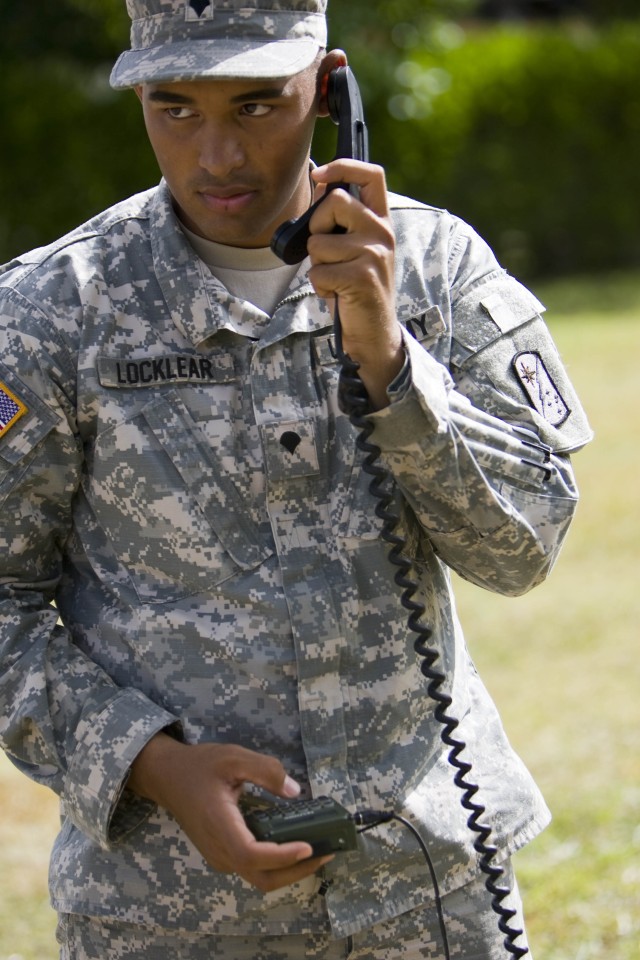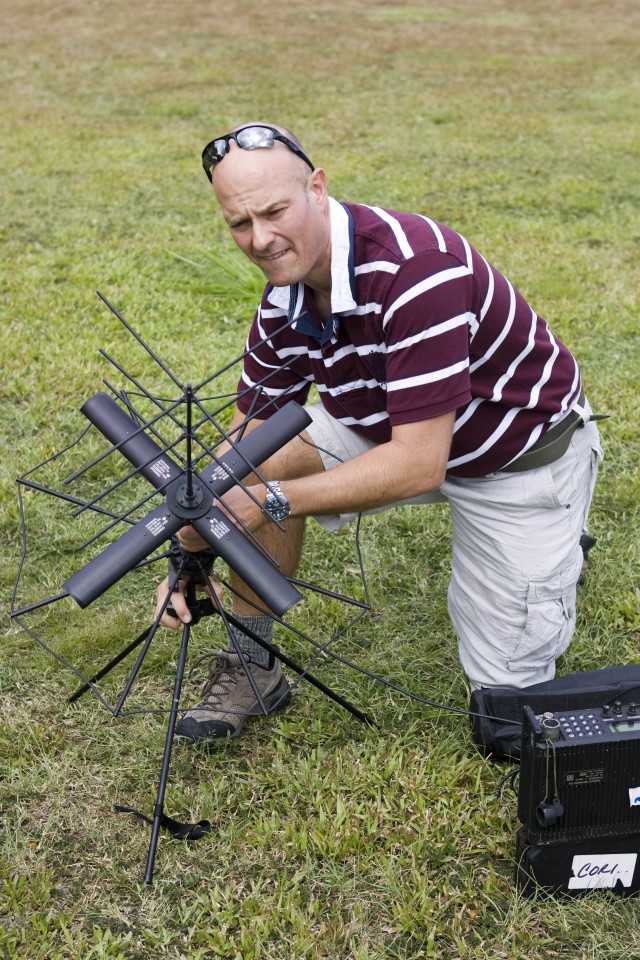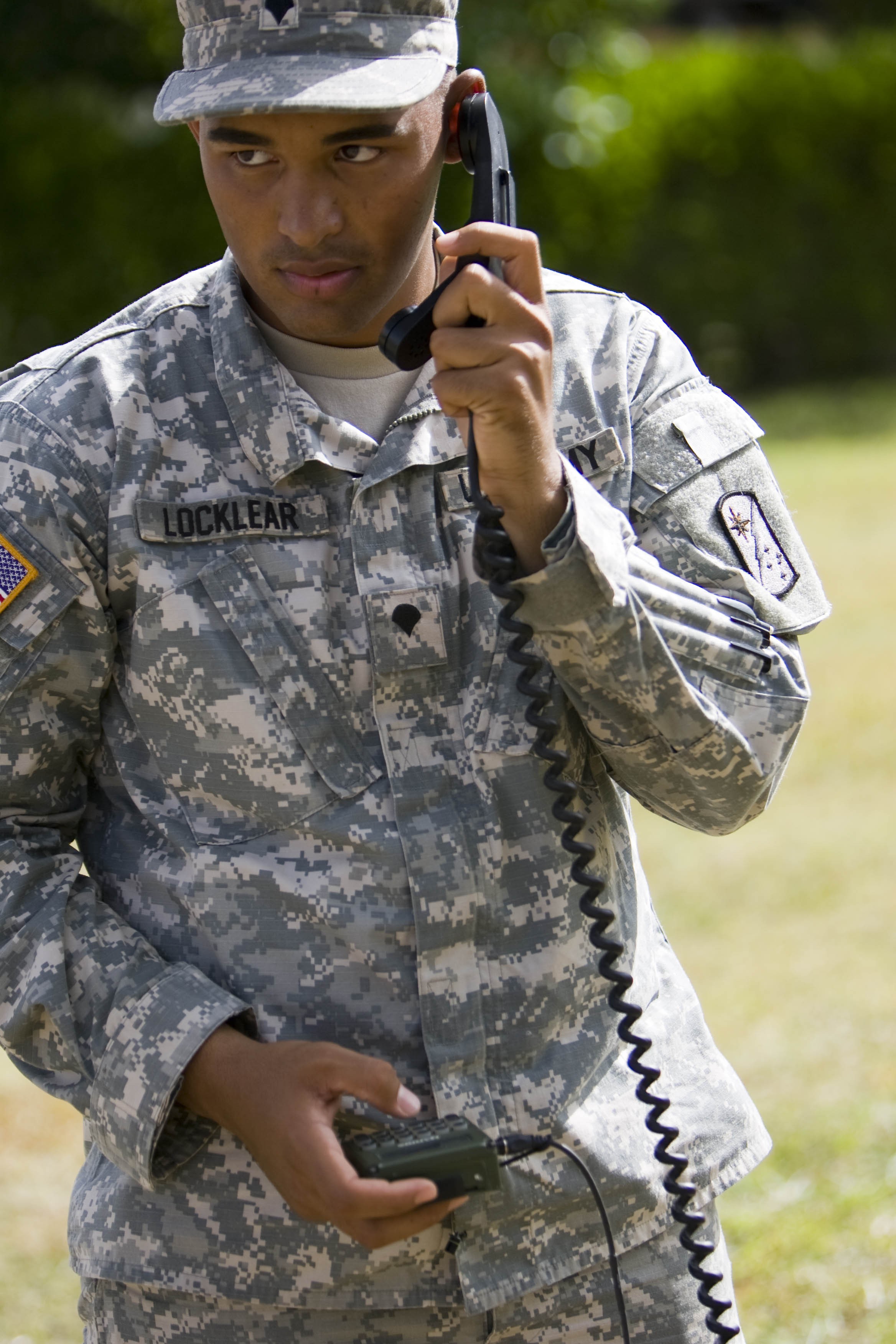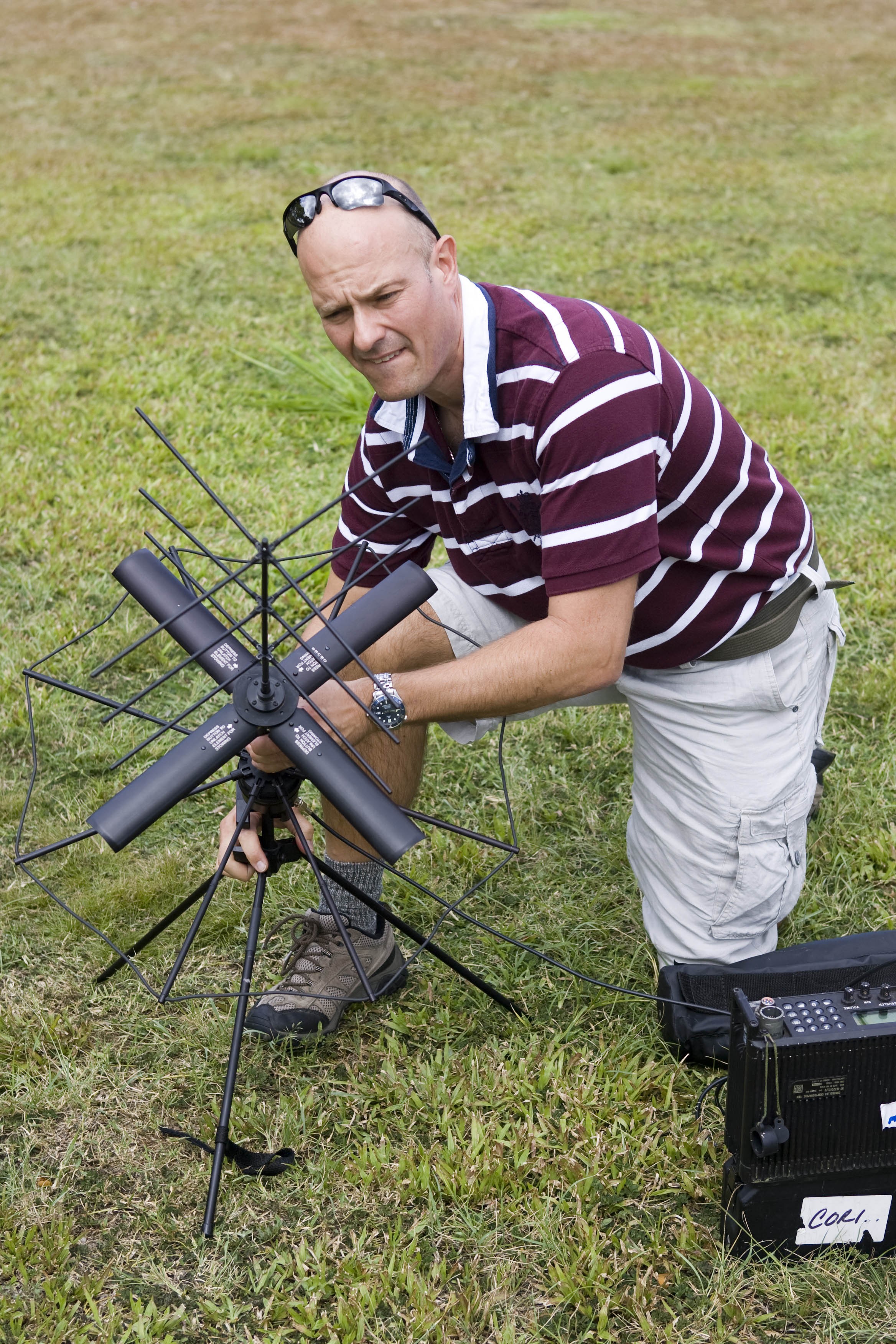WHEELER ARMY AIRFIELD (Sept. 23) - A new voice and data battlefield communications system was put through another round of tests, here, by dozens of Army, Navy and Defense Department communications experts and system developers, last week.
The Ultra High Frequency (UHF) Satellite Communications (SATCOM) Integrated Waveform (IW) System - a tactical on-the-move system being developed and tested by the U.S. Joint Task Force-Global Network Operations (JTF-GNO) - is aimed at replacing the military\'s demand-assigned multiple access systems, commonly referred to as "DAMA."
The round of tests focused on software upgrades and was conducted simultaneously with IW systems stationed in Pearl Harbor, Hawaii; Alaska; Korea; and Japan.
"We started in 2004, having identified significant shortfalls in DAMA," explained David Russell, who has worked on the program since its infancy at JTF-GNO. "We began working to mitigate that gap through different types of systems. With Integrated Waveform, we've been in development and testing since 2006."
Relying on DAMA to communicate on the move on the battlefield can be frustrating, with lengthy startups and limited bandwidth, Russell said. "With IW, we are trying to be far more efficient with the bandwidth. We can put many more users up as well as improve voice quality."
Troops using the more portable new system will also find it easier to set up.
"From an operator standpoint, you have a lot more to do on the battlefield than push buttons, so our goal with IW was to move as many of the knobs and buttons as we could into the control center. It's much easier to operate," Russell said.
Unlike DAMA, the frequency data is retained in the portable units, said Sgt. Edward Ramey, a tactical communications noncommissioned officer (NCO) from the 8th Theater Sustainment Command, which provided much of the manning at Wheeler ArmyAca,!E+Airfield (WAAF).
"The user just hits the ground, pulls it out of standby mode, sets antennae elevation and azimuth, and you are done. This means less time configuring and more time sending data," Ramey said. "That gives you more capabilities and more users. It is clearer, and overall, a much better system. Data, voice, satellite imagery, maps - anything Soldiers need to send - it can go over this system."
Most importantly, IW goes from current point-to-point communication to having multiple users, Ramey explained, stating, "It's like going from basic cable to having a full digital package."
Using the same bandwidth, IW increases from 5 accesses to 14 accesses on a single channel, added United Kingdom (U.K.) Ministry of Defense Squadron Leader John Mews, who got a hands-on demonstration of the system at WAAF.
"Even as a complete novice, after only 10 minutes of training, I was able to set up and communicate in less than three minutes - almost as good as the experts," Mews said. "This is promising because the guys out in the field will have something really easy to use. To think of the operational advantage it brings to both our guys (U.S. and U.K. forces), it is just fantastic."
Troops who have been deployed say the system would have made things much easier than the DAMA system they used, Russell said.
"From working with these troops in Hawaii, I know that troops are really going to go to this system."




Social Sharing